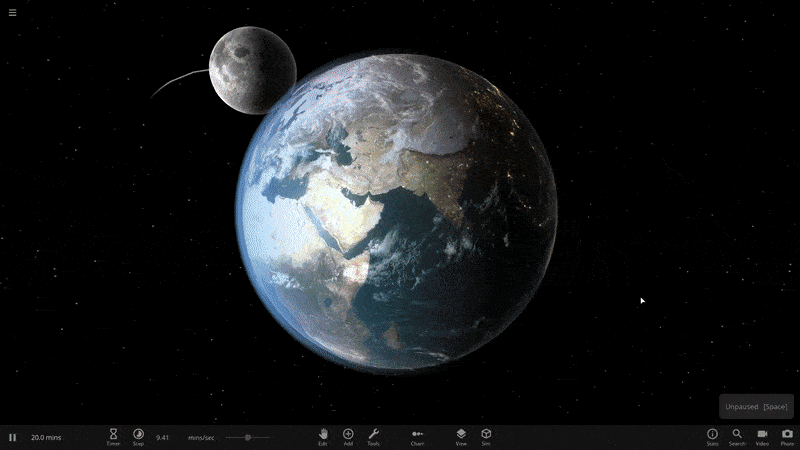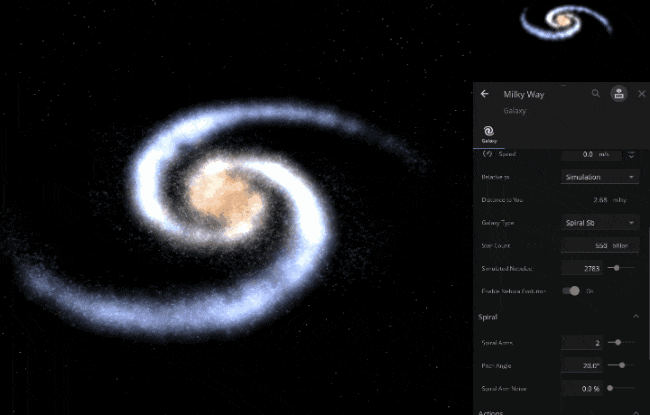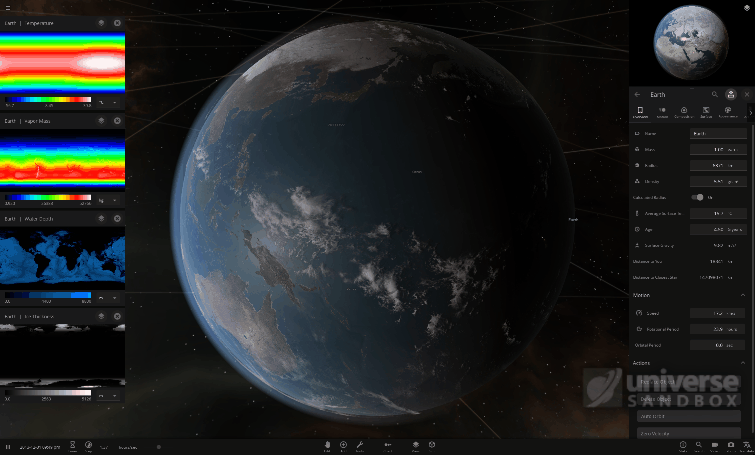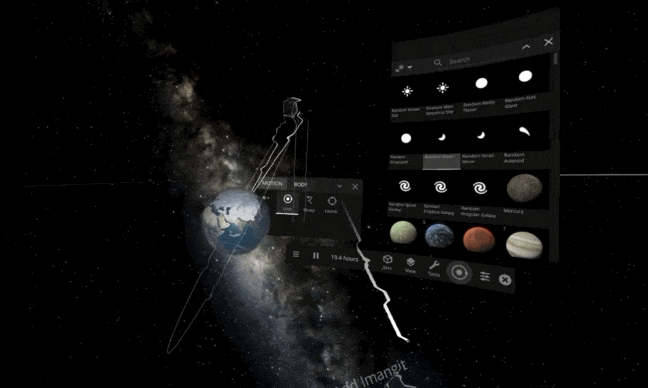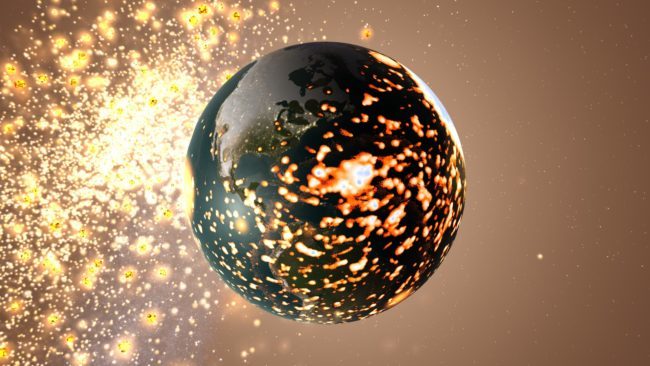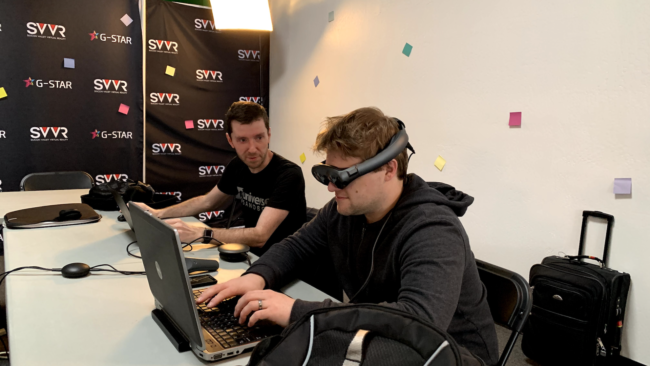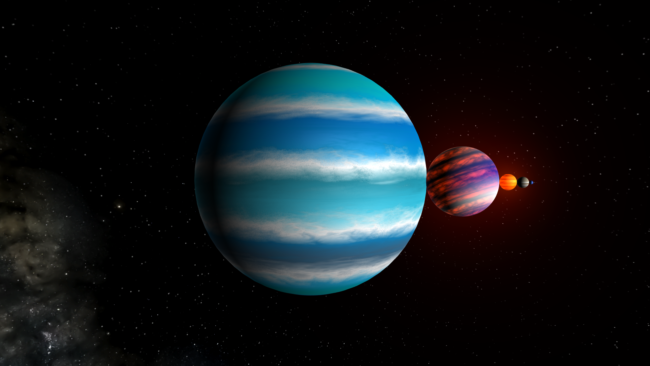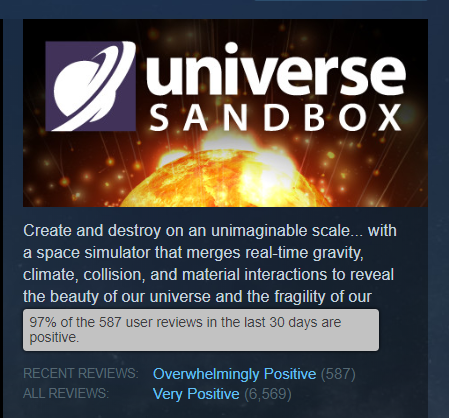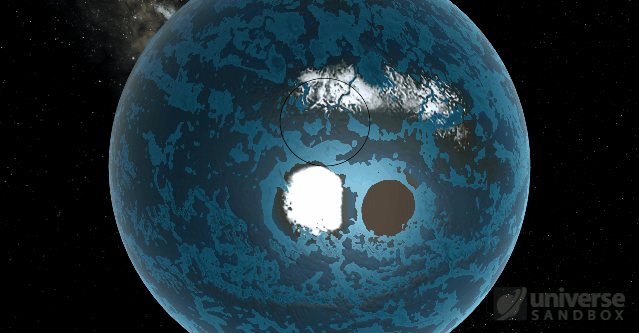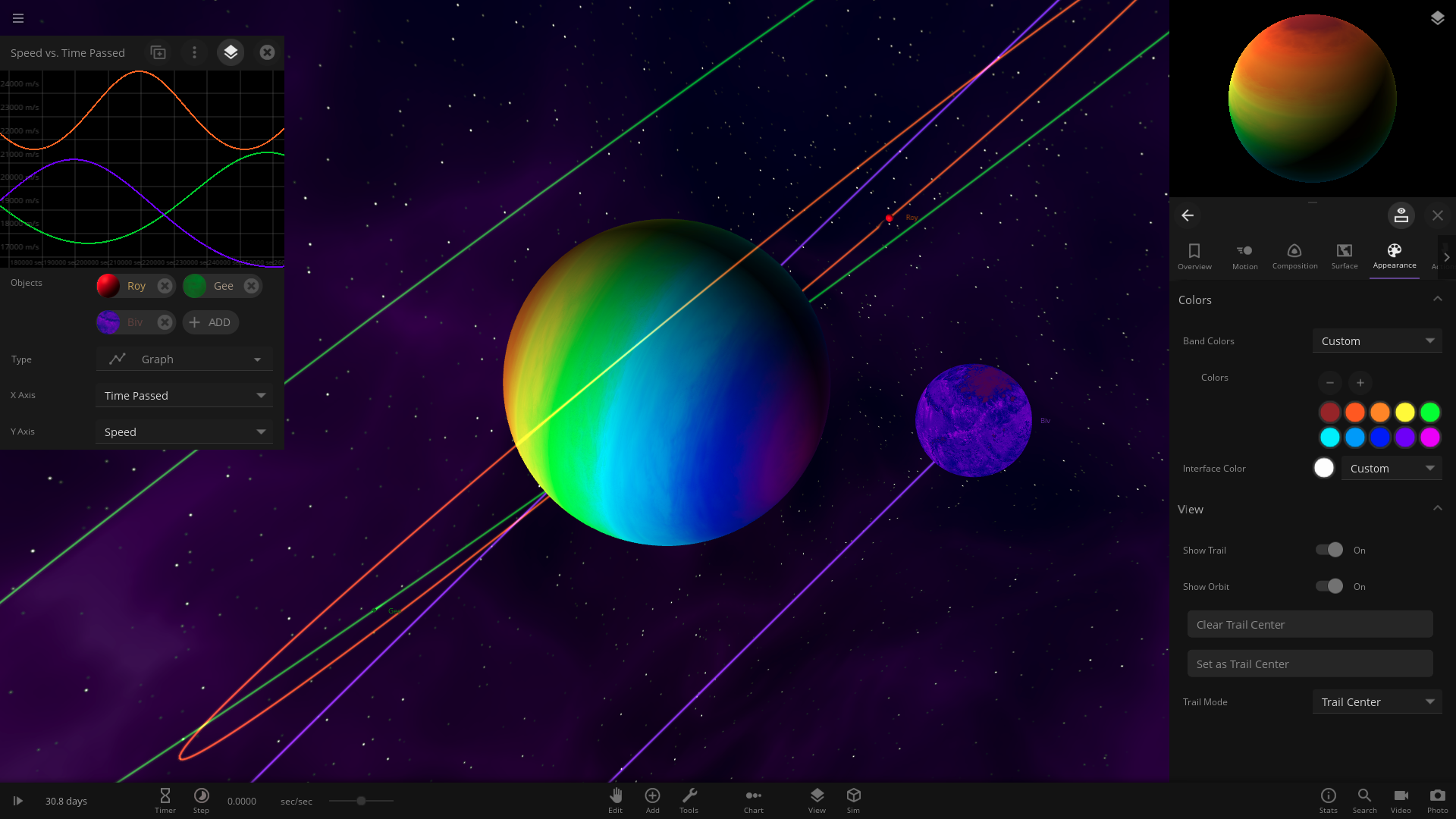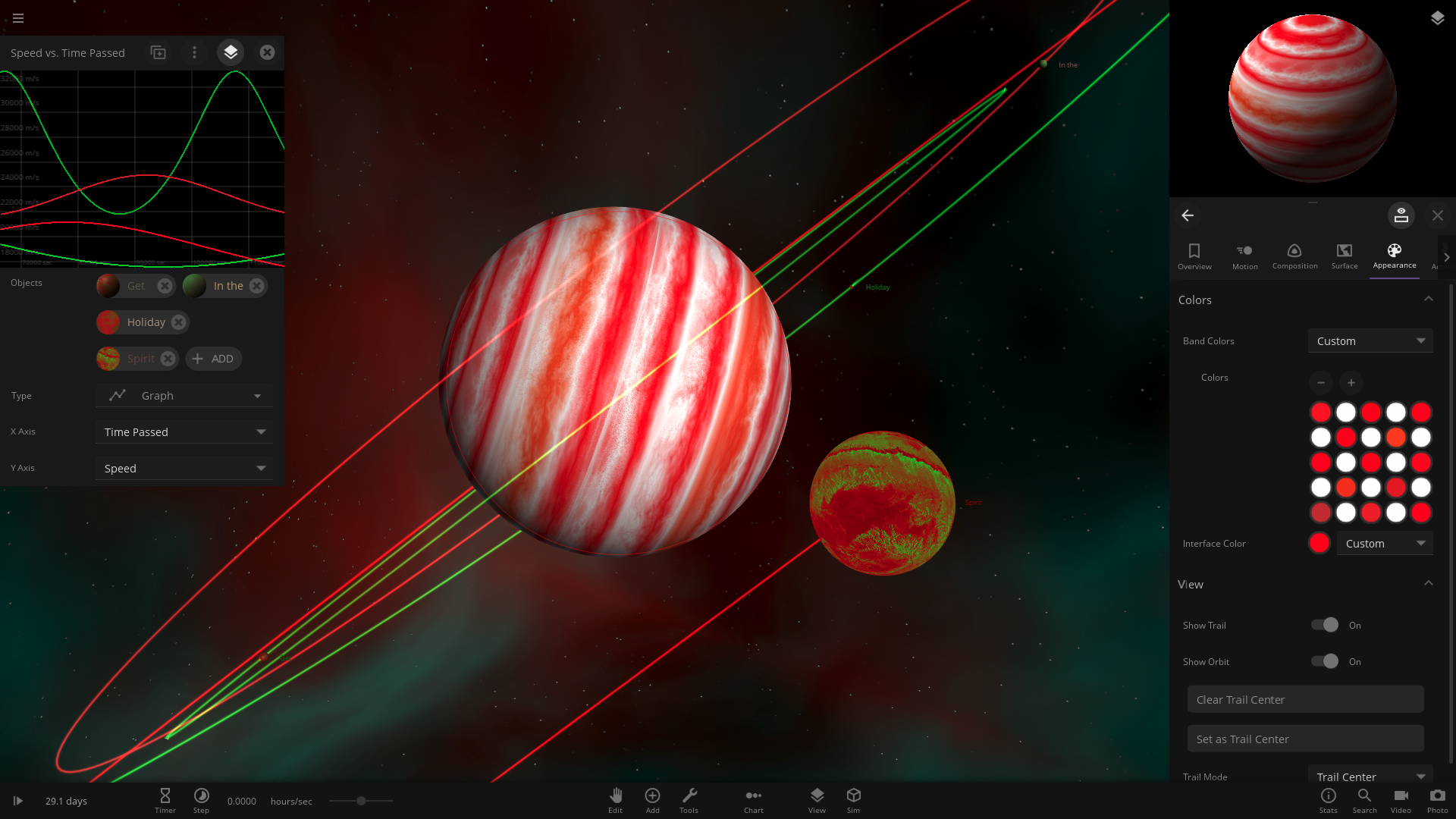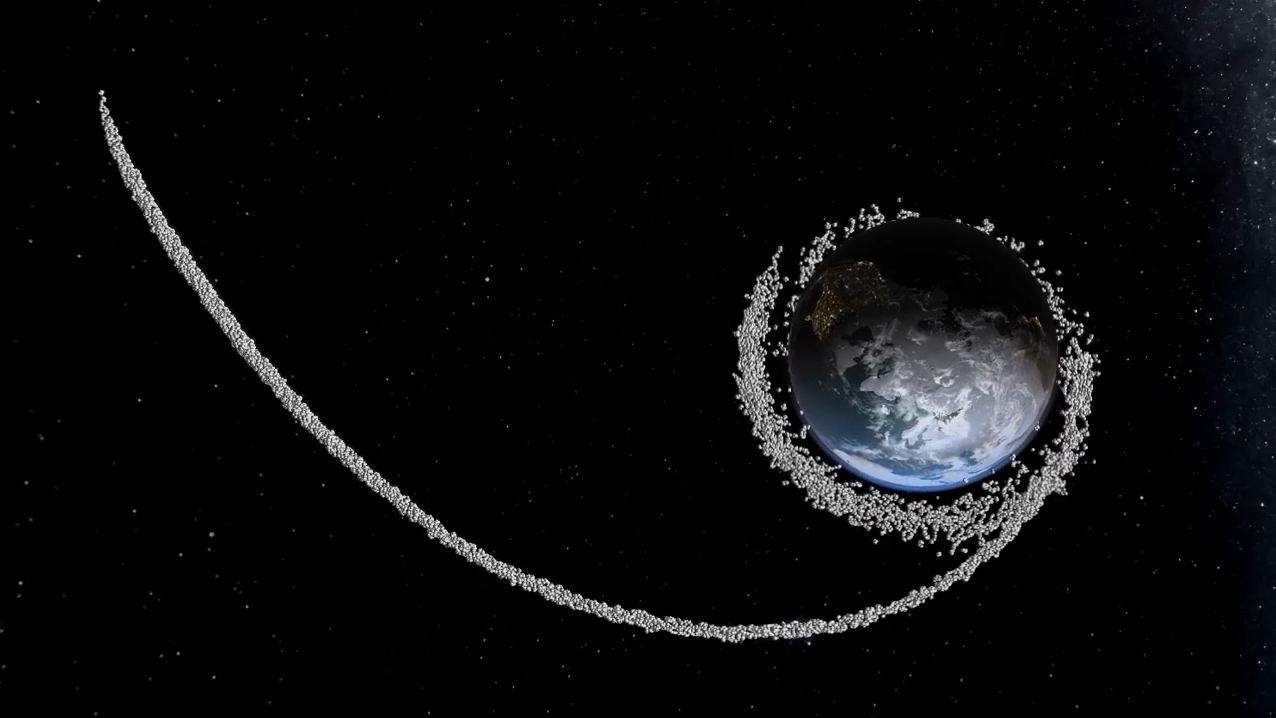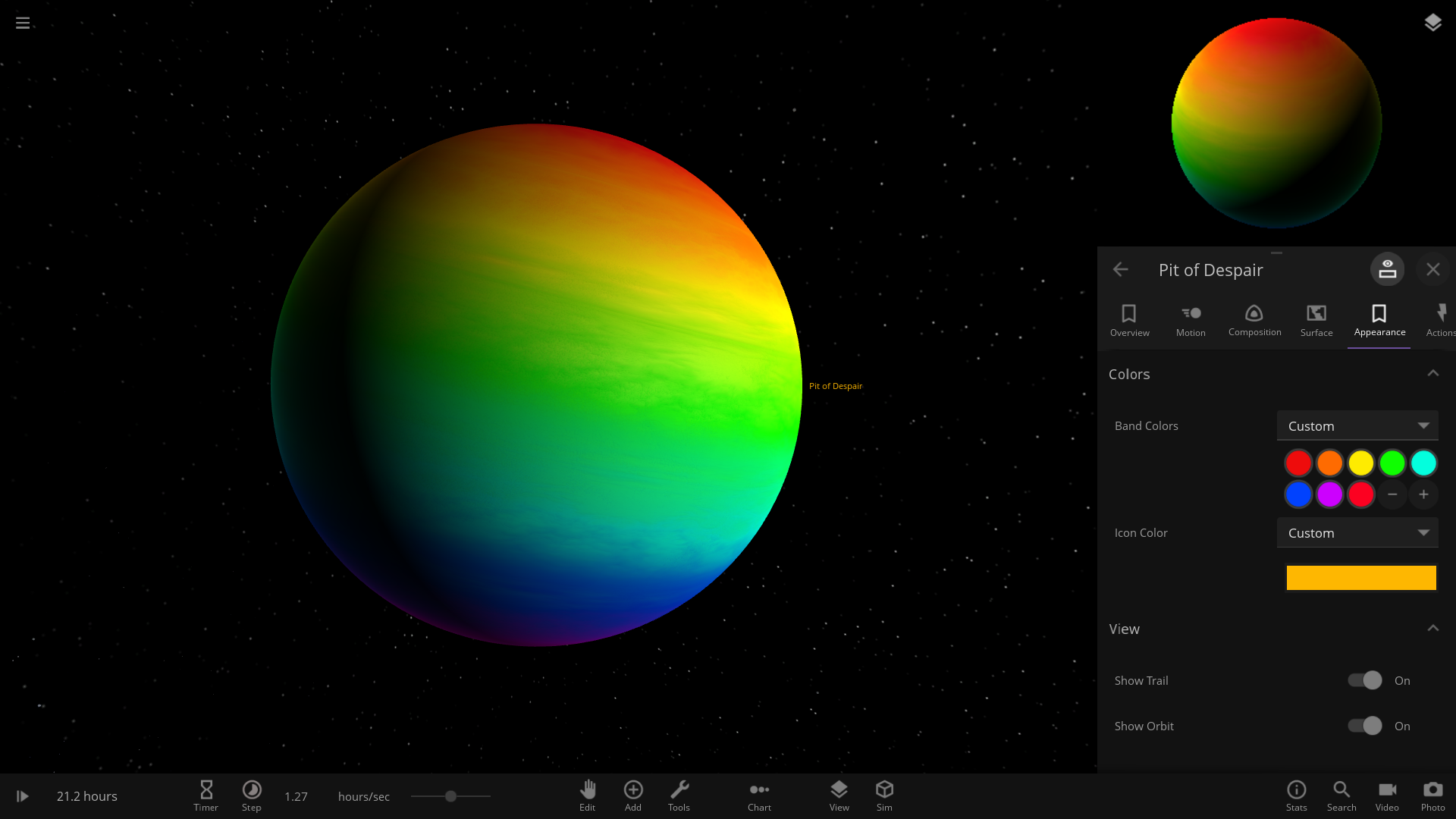
Sep 16, 2020
Universe Sandbox - Sarah ⭐

An all-new VR experience, new desktop user interface, and collision fragments makeover. We are so excited to share our work-in-progress build and get your feedback!
To opt-in to the community test build:
- If it’s open, exit Universe Sandbox
- Right-click on the game title in your Steam Library
- Click on ‘Properties’
- Select the ‘Betas’ tab
- Set the dropdown menu to ‘*community-test’
- Close the Properties window
- Steam will now update Universe Sandbox to the experimental build
- Once updated, launch Universe Sandbox
In this update, you can expect to see…
- A completely new, fully-featured VR experience
- A brand new user interface, and a customizable bottom bar
- High definition object fragments, collisions got a makeover
- Countless smaller experience improvements and bug fixes
Leave your comments here in the thread, or come join our Discord server. We would love to see you there!
The purpose of a Community Test build is to help us learn what our users are most excited about, what’s working, what isn’t working, and gather valuable feedback about our new changes for Update 26 before we make it official. Find a bug? Let us know! We’ve also set up a survey for your feedback, if you would prefer that.
This is a work in progress, and features may be changed before we officially release Update 26.
Check out the full details of What's New










